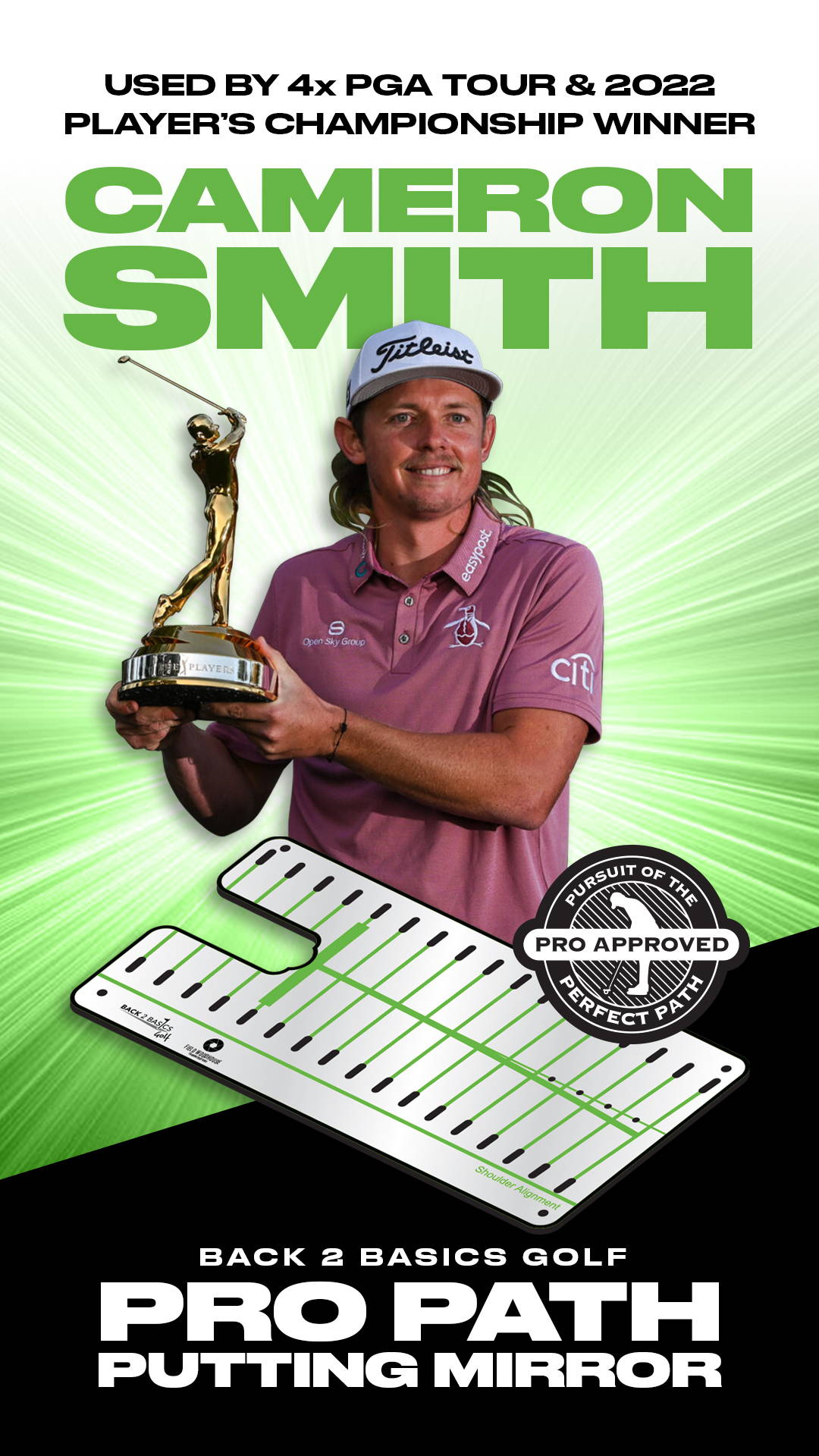What Size Or Type Of Golf Tee Should I Be Using?
Golfers of all calibre use tees in order to gain the best advantage necessary for making a perfect shot. You might be surprised to learn that there is a difference in the type of tee you might be using and how the wrong decision can cost you a winning shot. In this article, we’re going to look at the different types of tees, the different sizes, and when they should be used. Let’s get started!
Origins of The Golf Tee
When golfing first began way back when there was a consensus amongst players that they couldn’t just hit the ball on the ground; it needed to be slightly raised. So initially, what they did was create sand piles to better achieve driver shots.
It was in 1744 that the first ever set of rules for golf was published. In these rules was an interesting word when they said ‘you ball must be “teed” from the ground.’ That word, ‘teed,’ was introduced to golf, and it has remained in place since.
In 1889 two men, Arthur Douglas and William Bloxsom, realized the potential to profit off this rule. They realized that the sand trick just was too time-consuming and inefficient, so they had a plan. They created and patented the very first portable tee in 1889. Then, later on, George Franklin Grant went a step further by creating a ground-penetrating golf tee. Unfortunately, Grant didn’t patent the design, and then William Lovell of New Jersey patented the one-piece wooden peg, and the rest was history.
In modern golfing rules, ‘a “tee” is a device designed to raise the ball off the ground,’ and it has a maximum length of 4 inches. Additionally, the rules express that tees may not indicate lines of play or influence your ball's movement.
Golf Tee Lengths Most Commonly Used
Using golf box tees is, of course, optional. Most golfers will hit their tee shots roughly shorter par 3 holes from the ground. As mentioned before, the max length a tee can achieve is 4 inches. However, golf tees are also available in 2.75 inches, 3.25 inches, and 4 inches. There are even rare cases of 1.5 inches golf tees. 22.75 is the most used length for golf tees.
What determines the length of a tee? Your personal preference, swing style, and skill.
Longer tees provide the ability to strike golf balls higher on upward trajectories, which produce better results in terms of height and distance.
The style of tees varies from material and type and can be just about any color or shape. Most manufacturers and major brands are beginning to turn to more environmentally friendly options like wood and bamboo to incorporate biodegradable materials into the mix.
What Are Tees Made Of?
Here are the main materials used to make golf tees:
Wood
Wood is the most common material used for tees because it’s inexpensive and biodegradable. While plastic tees remain one of the most popular options, these two are neck and neck for the title.
Bamboo
Bamboo tees are becoming more popular recently, not just for golfers but for manufacturers too. These golf tees are eco-friendly, durable, and often cheaper than your wooden tees.
Plastic
The least eco-friendly option available, plastic tees, are probably the most common tees used in golf. Plastic tees do have a major advantage over their immediate counterparts, and that's reduced friction between tee and ball. On top of that, they’re actually quite durable and are less likely to break than wood or bamboo tees.
Types of Golf Tees
There are a few different types of tees, but we want to focus on the four that matter.
Standard
The standard tee is your most basic tee of all. They are common and primarily produced with wood. The wood ranges from 2.25 inches to 4 inches. They’re tournament legal, thanks to their basic shape and performance.
Brush
A brush tee consists of soft bristles on top of a plastic bottom. The point behind this design is to reduce friction between the tee and the golf ball, making for a smoother take-off.
Anti-Slice
If you’re afraid of the dreaded slice-off tee, then these are perfect for you. They are aimed at changing that reality altogether. How? Well, manufacturers have figured out that if you add a cup at the back of a standard tee and support the ball, you reduce sidespin and, as a result, reduce the slicing potential dramatically.
Zero Friction
A zero friction tee is rather similar to a standard tee. However, there’s a major difference that separates them, and that is that the zero friction tees tops aren’t a solid construction. Instead, they come between 3 and 6 columns for the ball to lie on. As a result, they lessen the contact between golf balls and tee.
Recommended Teeing Heights
Driver: bottom of ball roughly level with the top of your driver
3-wood: about .5in to .75in of the ball above the top of your club head
Fairway woods or hybrids: .5in of tee above the ground
4-iron and anything shorter: only the golf tees head should be above the ground
These are merely recommendations. You will learn to understand what works best for you and your game through proper practice. Take these recommendations and adapt them to your playing abilities.
Conclusion
Want to become a pro golf player? Well, you’ve got to practice, practice, practice! It’s also about having the right tools to succeed. If you’re looking for quality tees, we know just the place to get them! At Back 2 Basics Golf, we’ve got a wide range of products beyond quality tees to get you going on your golfing journey. So take a look at our online store and take advantage of our great products and prices to improve your game! The best way to practice is by using quality products to improve your training and performance.






